How many historical places are left in the world? Some of them protect the whole world and try to keep their appearance with all their might, while others were destroyed, and only ruins remained of them. These include the Kalamita fortress in Crimea, which is located near the village of Inkerman.
Description
The fortress, built in the VI century as a defense against enemies, consisted of six towers, which were interconnected by curtains, i.e. some structures that connected the two bastions. They were built of rubble stone and limestone mortar, the wall thickness was from one meter and reached four, and the height was twelve meters. The fortress of Kalamita was very large, its area was 1, 500 m 2 and its length was 234 meters.
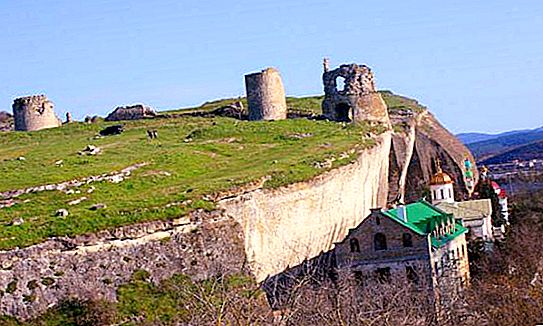
The location of the fortress was not accidental: on one side there is a cliff, where the bay goes deep into the land, reaching a width of one kilometer, and on the other side the fortress itself stands. In those days, all the movements that took place near the fortress were visible.
Kalamita fortress in Sevastopol: history
The history of the cave cities of Crimea is not reliably known. This also applies to the fortress of Kalamita, which was built in the VI century, according to some studies. On sea charts, it appeared only in the XIV-XV centuries. Previously, the fortress bore such names as Gazaria or Kalamira.
Most likely, the Byzantines built the fortress, but what it was would remain a mystery. But since the XV century, the story is not so foggy. At this time, the principality of Theodoro existed, which clashed with the Genoese colonies.
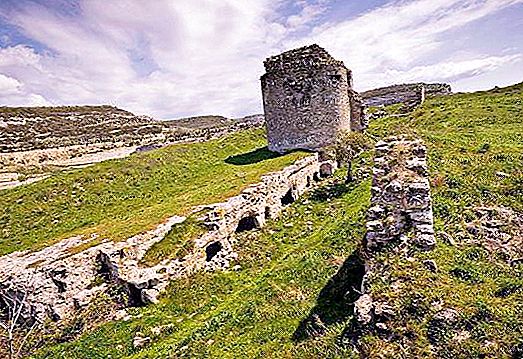
To gain access to the sea, the Theodorites had to build their own port of Avlita near the Black River and to build a fortress on the Monastery Rock for protection.
In 1475, the Turks came to power in the Crimea, including the seizure of the fortress. It was they who renamed it Inkerman. The Turks already owned firearms, and they had to redo the fortress under this gun. They thickened the walls, strengthened and rebuilt the towers, and also built a separate tower, which they carried out of the moat.
Over time, the fortress of Kalamita in Inkerman began to lose its defensive significance. It collapsed over time, but suffered the most during the battle for Sevastopol.
Current Kalamita
Today you can see the destroyed towers, the remains of the walls, the cross, which stands on the site of the former church, and under the fortress there is a cave monastery. What the name Kalamita means is still not known for certain. Some believe that translated from the Greek language is “beautiful cape”, others translate from ancient Greek as “reed”, because the area is covered with reeds and similar vegetation, but there are several more interpretations of this word.
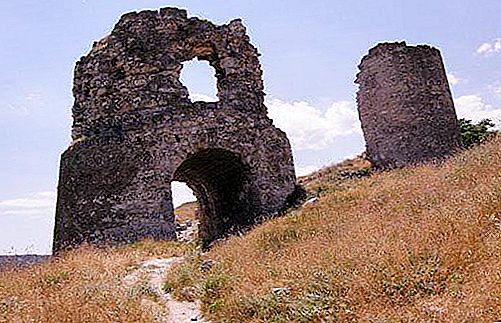
The first thing that occurs on the way is the gate tower, further from it, at number 12, is tower number 2, from which a dug ditch with caves begins. The third tower is angular. It is heavily destroyed, therefore its design is incomprehensible, although in terms of it it had such dimensions: 12 * 13 m.
The best preserved tower is number 4, which was taken out of the ditch and was in fact a separate fortress of Kalamita, as it served as a barbican (i.e., served as additional protection). In the XVIII century there was a prison.
In addition to the towers, you can also see the remains of a Christian church, which was built by theodorites when they owned the territory, and later it was destroyed, but it is not known by whom. You can see a small cemetery, which dates back to the XIX – XX centuries, there is preserved an obelisk belonging to a buried flight mechanic, and a concrete tombstone of the hero of World War II.
Cave Monastery
There are a lot of caves in the Monastery Rock, and Inkerman St. Clement Monastery was created in one of them in the 7th-9th centuries in honor of the saint who died in Khersones.
The monastery had three temples and existed until 1485, until the Turks came to power and forced the monks to leave the monastery.
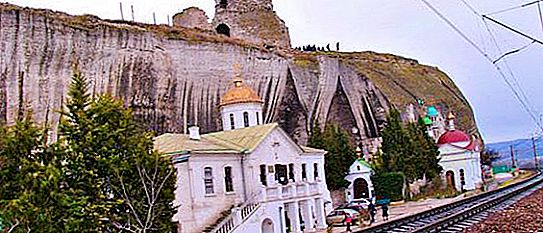
Several centuries later, in 1852, it was reopened at the insistence of Archbishop Innocent, but it did not last long, as the Crimean War began. However, in 1867 the monastery was revived again, churches were restored and the Trinity Church was built. A little later, in honor of Emperor Alexander III, the church of St. Panteleimon was built, and in 1907, the church of St. Nicholas, which was destroyed during the war.
When the USSR collapsed, the monastery complex was returned to the monks and a global restoration began, and the church of St. Panteleimon was rebuilt again.
How to get to the fortress of Kalamita
In the Crimea, in the vicinity of Sevastopol, there is a small village of Inkerman, which can be reached by car, train, bus and boat. The greatest pleasure will be a boat trip along the Sevastopol Bay.
If you take the bus, the path should start from Sevastopol, get to the Vtormet stop and, focusing on the gas station, start your climb to the temple complexes.
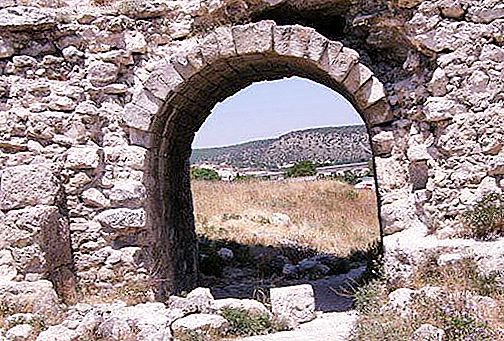
It is easy to reach the destination and by car along the E 105 or M 18. highway. Next, the Black River will have the first turn towards the monastery, at the foot of which there is a fortress, which you need to go through the tunnel through the old cemetery, which rests on the gate tower.
Interesting Facts
The fortress of Kalamita is part of the Kherson reserve. When restoration of one of the towers was carried out in 1968, drawings were found on limestone blocks, where ships with very detailed drawings were depicted. Scientists believed that these figures belong to the XIV-XV centuries.
When the fortress was exactly built, no one knows. However, scientists believe that construction began in the VI century. The fortress was built as a defense of trade routes from attack.
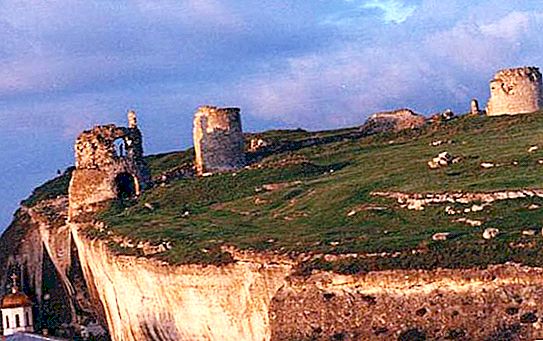
In the XV century, the fortress was rebuilt to protect the developing port of Avlita. A little later, the territory was conquered by the Turks, they built new fortresses and rebuilt the old ones, which happened with Kalamita. It was the Turks who adapted it for firearms and gave it the new name Inkerman, which means "cave fortress."




